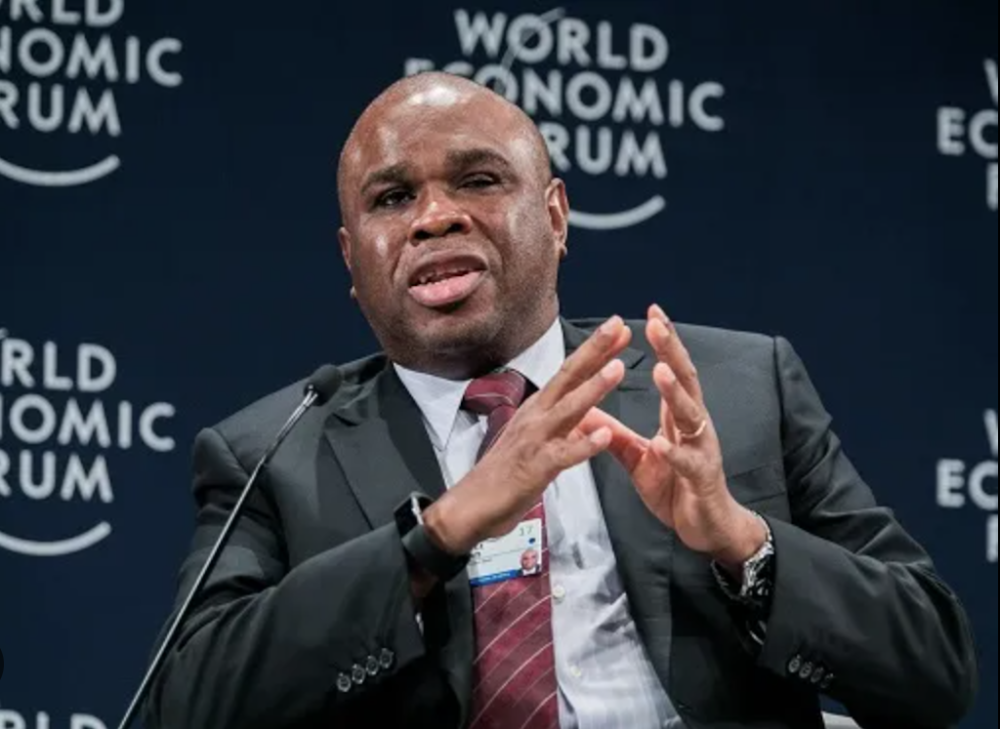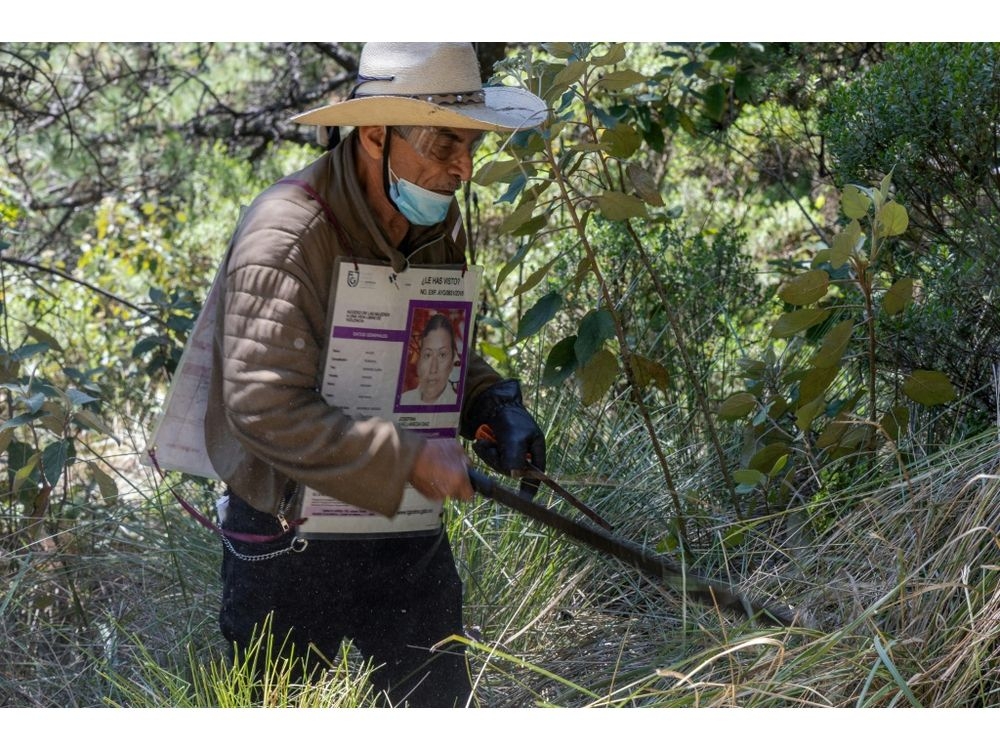Africa is entering a new era of connectivity. Over the past five years, the continent has seen more than $10 billion (approx. Rwf14.5 trillion) invested in modernizing networks, expanding broadband, and deploying satellites.
These investments are driving high-speed, internet connectivity that reaches both bustling cities and remote rural communities.
Telecom operators and digital enterprises are using artificial intelligence, cloud-native systems, and advanced data platforms to transform service delivery.
ALSO READ: Govt pushes space ambitions with new satellite hub
Cloud-native systems allow applications to run efficiently across distributed data centers, enabling faster updates and more flexible services. Satellite internet and non-terrestrial networks—communication systems not reliant on land-based infrastructure—are extending coverage to regions once beyond reach, helping bridge the digital divide.
At the Mobile World Congress in Kigali on October 22, experts examined how Africa’s strategic investments and emerging technologies are reshaping the telecommunications landscape. They explored how regulatory frameworks, public-private partnerships, and innovative approaches are delivering reliable, inclusive connectivity.
ALSO READ: Space tech: Rwanda’s progress on space projects
Hybrid networks in action
Georges Kwizera, chief technology officer at Rwanda Space Agency, explained how satellite services complement existing mobile networks.
“We encourage satellite companies to work with local operators to expand coverage in rural areas,” he said. “Our goal is seamless connectivity. Users do not care whether it comes through fiber, wireless, or satellite. They just want it to work.”
Hybrid networks combine multiple technologies to maximize reach and resilience. Fiber provides high-speed connections for urban centers, satellite covers areas that are costly or hard to reach, and wireless fills in remaining gaps. Rwanda has applied this approach to connect schools, hospitals, and banks.
“No single technology can cover the entire country cost-effectively,” Kwizera said. “Combining them ensures reliable service around the clock.”
Kwizera highlighted the role of partnerships in turning national policies into tangible infrastructure. “Governments set the vision, but the private sector builds the networks that make it real,” he said.
Rwanda has rolled out national broadband, smart education programs, and rural fiber deployments through these collaborations. Strategic alignment among regulators, operators, and investors has facilitated faster approvals, shared resources, and more efficient network expansion.
Marie-Paule Gakuba, a tech policy advisor at the Tony Blair Institute, stressed frameworks that foster cross-sector collaboration.
She emphasized three principles: a unified vision, shared incentives, and coordinated stakeholder engagement. Utilities and telecom companies can co-locate fiber and satellite infrastructure, reducing redundant investments and accelerating deployment. “When all players share information and objectives, networks scale faster and more efficiently,” Gakuba said.
Satellites overcome terrain
Gamze Aydin, senior vice president of sales at UK-based Avanti Communications, highlighted the role of satellite connectivity in reaching communities where geography or security issues prevent traditional networks. “Satellite was once reserved for governments and research, but now it reaches areas where terrain prevents other options,” she said.
Partnerships with mobile operators ensure that users experience seamless service, regardless of the technology behind it.
Regulatory clarity is essential, Aydin said. Deploying satellites requires long-term planning, and governments must provide clear rules to reduce investment risk. Expanding local infrastructure, including points of presence—local hubs where networks connect to users—and end-user devices, is crucial.
Fiber networks must have sufficient capacity to support growing demand, and subsidies, such as Rwanda’s Universal Access Fund, can help extend services to remote regions.
Artificial intelligence is increasingly integrated into network operations. AI can predict congestion, optimize capacity, and anticipate hardware failures before they occur, enhancing reliability and efficiency across hybrid networks. “AI has become a friend to our systems,” Aydin said. “It gives information before issues occur, enabling continuous, high-quality connectivity.”
Kwizera described Rwanda’s approach to hybrid networks as a “choir of technologies.” Just as instruments in a choir play together to produce music, fiber, wireless, and satellite work in concert to deliver consistent service.
Policy choices shape access
Rwanda has chosen a regulatory approach that prioritizes people over revenue. “Governments can focus on maximizing revenue or on connecting the population,” Kwizera said. “We chose the latter. Our goal is to ensure that every citizen can access reliable connectivity. Flexibility and collaboration with operators make that possible.”
Policies and partnerships have enabled Rwanda to convert strategic plans into physical infrastructure. National broadband projects, rural fiber expansion, and smart education initiatives demonstrate how private sector expertise and government vision can align to bring services to the people.
Experts emphasized the importance of affordability and sustainability. End-user devices are becoming more cost-effective, allowing satellite services to reach a wider audience. Using local partners reduces costs, strengthens capacity, and ensures communities can maintain and manage the infrastructure themselves.
As Africa accelerates its digital transformation, regulatory clarity remains a critical factor for success. Operators can deploy hybrid networks that combine fiber, wireless, and satellite, but without clear rules on spectrum allocation, licensing, and cross-border partnerships, investments stall and communities remain unconnected.
Streamlined policies and predictable frameworks will allow telcos and satellite providers to expand coverage efficiently, improve service quality, and ensure that urban and remote populations alike can access reliable, inclusive, and resilient digital connectivity. The future of Africa’s connected society depends as much on governance as it does on technology.






